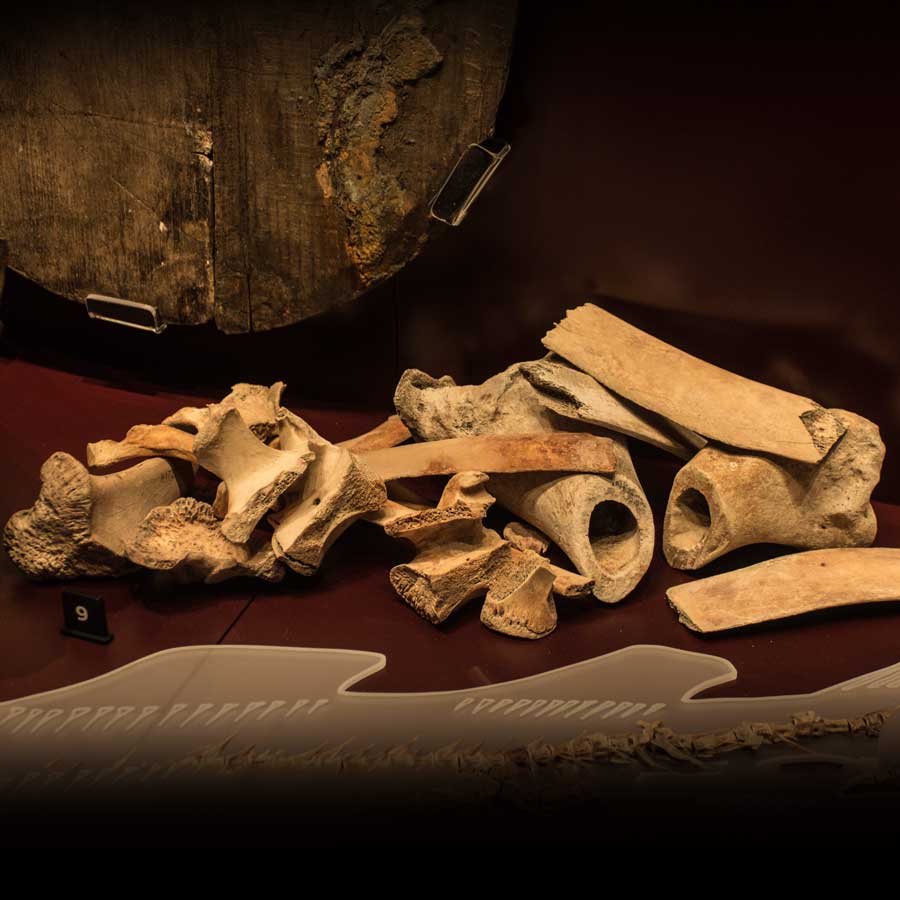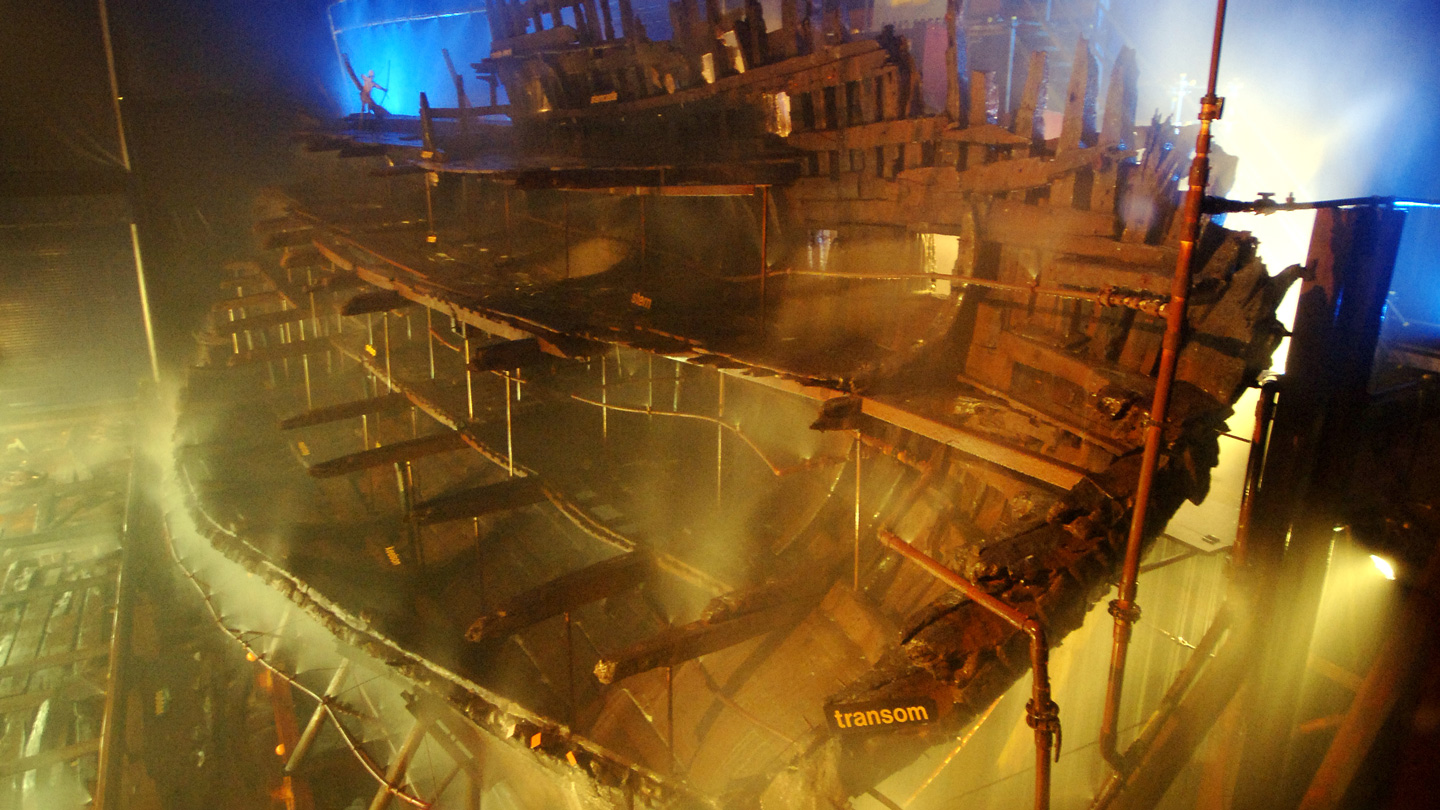
Fish
The face of religion in Tudor England may have been changing, but some things stayed the same, for example there were certain days when you weren’t able to eat meat, and had to eat fish instead, even though they’re also made of meat.
Anyway, the point is, the crew of the Mary Rose had to eat fish on certain days, which you might think would be easy to do, since they were at sea – Just bung a line over the side and catch the fish as you sail, and indeed a small fishing set was found on the Mary Rose.
However, since feeding five hundred men requires rather a lot of fish, it was no surprise to discover casks aboard the Mary Rose containing at least 60 salted cod, as well as haddock, hake and eel. Interestingly, analysis of the otoliths, or ear bones, of the cod shows they were caught near Newfoundland, showing that even in 1545, fishermen were travelling long distances to find sources of fish.
Sadly, while the potato had been discovered by Europeans at this point, it hadn’t reached England, so it’s unlikely they had their cod with a portion of chips.
On an unrelated note, the codpiece is nothing to do with the fish, the word ‘cod’ was also an old English name for the scrotum!








